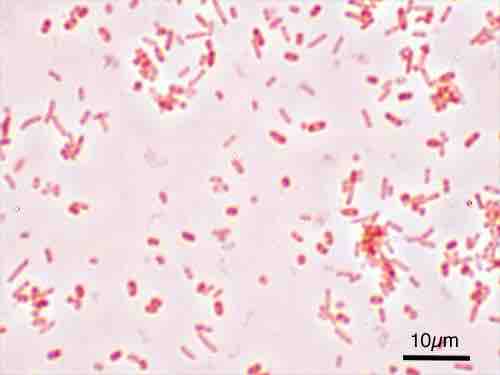Gastroenteritis is a medical condition characterized by inflammation ("-itis") of the gastrointestinal tract that involves both the stomach ("gastro"-) and the small intestine ("entero"-), resulting in some combination of diarrhea, vomiting, and abdominal pain and cramping. Although unrelated to influenza, it has also been called 'stomach flu' and 'gastric flu'.
Globally, most cases in children are caused by rotavirus. Less common causes include other bacteria (or their toxins) and parasites. Transmission may occur due to consumption of improperly prepared foods, contaminated water, or via close contact with individuals who are infectious. The foundation of management for this illness is adequate hydration. For mild or moderate cases, this can typically be achieved via oral rehydration solution. For more severe cases, intravenous fluids may be needed. Gastroenteritis primarily affects children and those in the developing world. Gastroenteritis typically involves both diarrhea and vomiting, or less commonly, presents with only one or the other. Abdominal cramping may also be present.
Signs and symptoms usually begin 12–72 hours after contracting the infectious agent. Some bacterial infections may be associated with severe abdominal pain and may persist for several weeks. In the developed world, Campylobacter jejuni is the primary cause of bacterial gastroenteritis, with half of these cases associated with exposure to poultry. In children, bacteria are the cause in about 15% of cases, with the most common types being Escherichia coli, Salmonella , Shigella, and Campylobacter species. If food becomes contaminated with bacteria and remains at room temperature for a period of several hours, the bacteria multiply and increase the risk of infection in those who consume the food. Toxigenic Clostridium difficile is an important cause of diarrhea that occurs more often in the elderly. Infants can carry these bacteria without developing symptoms. It is a common cause of diarrhea in those who are hospitalized and is frequently associated with antibiotic use. Staphylococcus aureus infectious diarrhea may also occur in those who have used antibiotics. "Traveler's diarrhea" is usually a type of bacterial gastroenteritis. Acid-suppressing medication appears to increase the risk of significant infection after exposure to a number of organisms, including Clostridium difficile, Salmonella, and Campylobacter species.

Salmonella Typhimurium
Salmonella enterica serovar Typhimurium as seen with a microscope at 1000 fold magnification and following Gram staining. Salmonella is a common cause of gastroenteritis in children.
Transmission rates are also related to poor hygiene, especially among children, in crowded households, and in those with pre-existing poor nutritional status. After developing tolerance, adults may carry certain organisms without exhibiting signs or symptoms, and thus act as natural reservoirs of contagion. While some agents (such as Shigella) only occur in primates, others may occur in a wide variety of animals (such as Giardia).
Gastroenteritis is typically diagnosed clinically, based on a person's signs and symptoms. Determining the exact cause is usually not needed as it does not alter management of the condition. However, stool cultures should be performed in those with blood in the stool, those who might have been exposed to food poisoning, and those who have recently traveled to the developing world. Electrolytes and kidney function should also be checked when there is a concern about severe dehydration.
A supply of easily accessible uncontaminated water and good sanitation practices are important for reducing rates of infection and clinically significant gastroenteritis. Personal measures (such as hand washing) have been found to decrease incidence and prevalence rates of gastroenteritis in both the developing and developed world by as much as 30%.